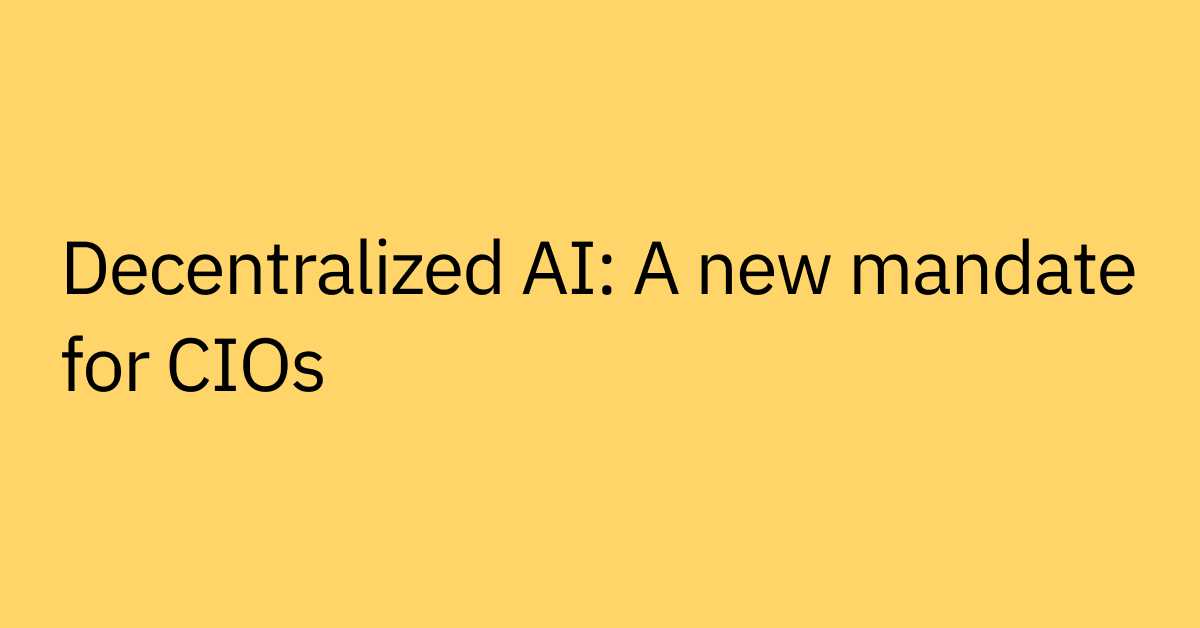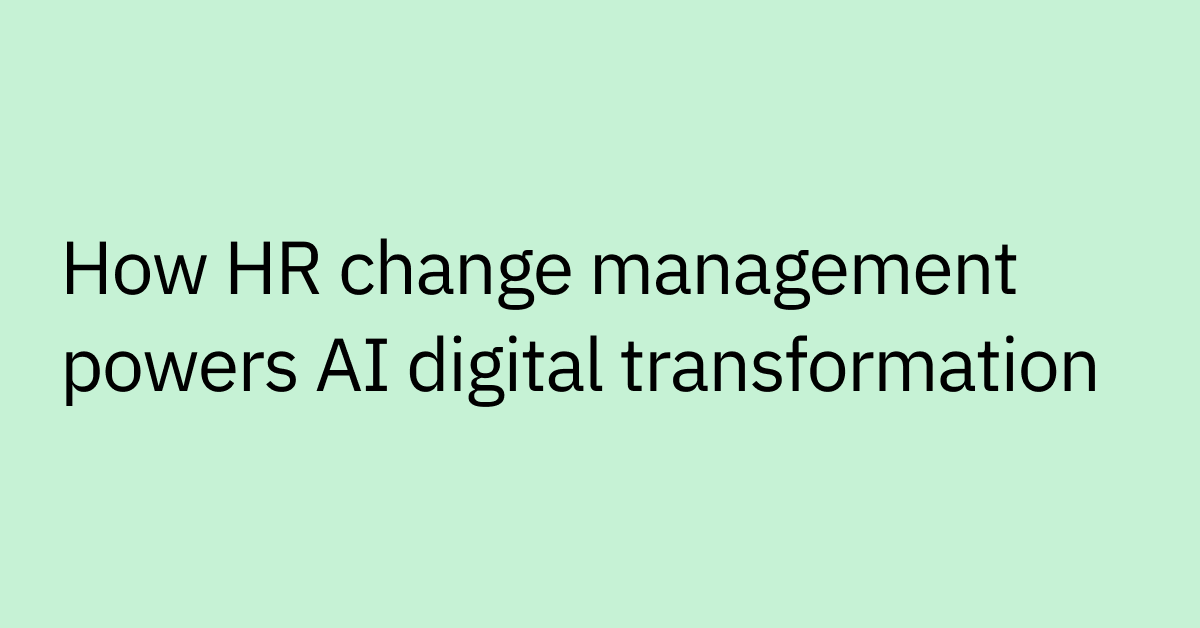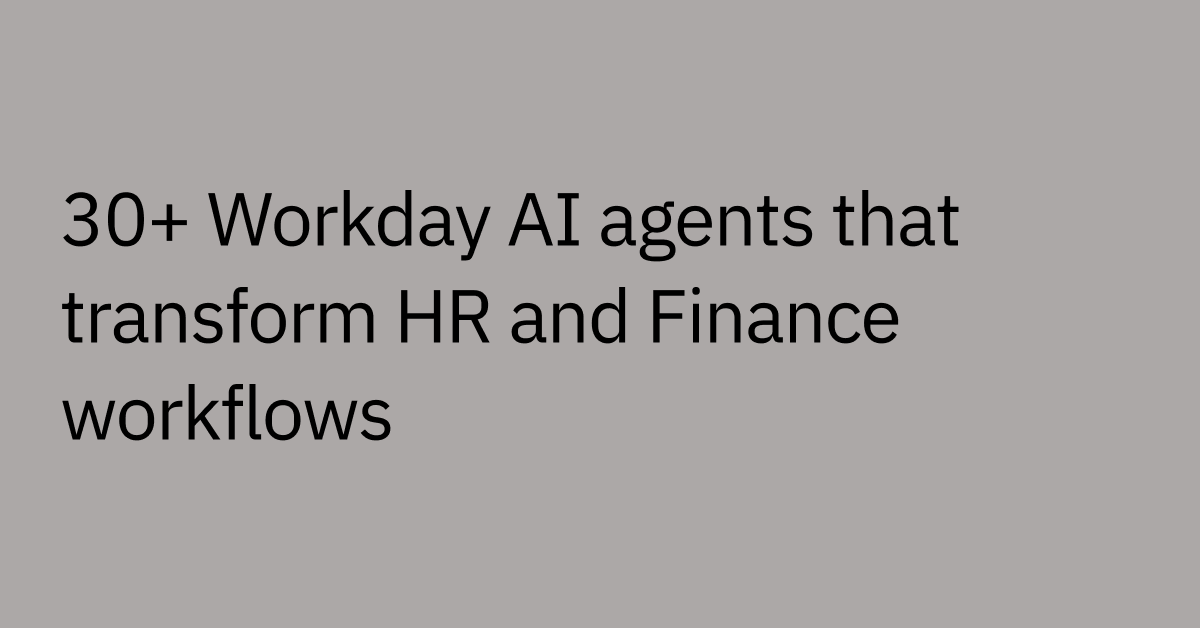Table of contents
Highlights
- Digital transformation reimagines enterprise operations by combining technology, people, and process modernization into a continuous cycle of innovation.
- True transformation extends beyond IT upgrades—it requires cultural alignment, change management, and measurable success metrics tied to business outcomes.
- AI automation enables adaptive, data-driven decision-making that accelerates workflows, enhances scalability, and unlocks new productivity gains.
- Common challenges like integration bottlenecks, unclear KPIs, and poor communication can stall progress without enterprise-wide alignment.
- Moveworks drives intelligent transformation through AI assistants and automation that reduce friction, improve insights, and is able to deliver measurable ROI across the enterprise.
It’s no secret that the rate of technological change is rapidly accelerating. From the doubling of processing power predicted by Moore's Law to exceptionally rapid AI models progress that seems to be constantly producing new performance breakthroughs.
The result? Tech leaders now must shift from merely keeping up with digital transformation to staying ahead of it.
Digital transformation goes well beyond just technological upgrades — it should be truly ‘transformational’, so as to enable technological modernization, acceleration, cultural and process shifts, and the drive towards innovation.
Let’s explore what digital transformation truly entails, how AI is crucial for enabling true organizational transformation, and how to best manage this journey so that your enterprise can move faster, smarter, and stay ahead of the curve.
What is digital transformation?
Digital transformation is the process of using modern technologies — like cloud platforms, automation, and artificial intelligence — to fundamentally improve how an enterprise operates. Businesses pursue digital transformation to level up their tech stack, with goals such as increased efficiency, better user experience, greater innovation, and improved competitive advantage.
Digital transformation goes further than just cloud-based migrations or basic automation. True digital transformation is about reimagining how the work gets done.
For example, before your transformation, employees who were having technical issues may have needed to submit a ticket and wait for IT to resolve the problem. But after your introduction of new technology and processes, they could instead access instant support on their own through a self-service artificial intelligence (AI) assistant.
Or instead of manually coming through multiple systems looking for data, advanced digital tools powered by AI can give HR leaders real-time insights.
And as AI continues to develop and advance, digital transformations in enterprises will become more and more sophisticated. Consider how agentic AI is driving digital transformation. Agentic AI uses large language models (LLMs) to automate complex tasks and streamline operations, to allow businesses to break through productivity plateaus across various platforms and systems, reducing reliance on traditional automation tools
Why digital transformation matters
Digital transformation is the key to help your enterprise stay competitive in a rapidly changing landscape.
Budgets are growing tighter. Employee expectations continue to rise. Managing global hybrid workforces is becoming more complex. Digital transformation is your strategy to gain a competitive edge.
Here are the three biggest challenges driving digital transformation:
- Fast-changing trends and tech. Innovation is moving quickly. Organizations can’t stay current unless they have scalable architecture and flexible systems.
- Cost management and increased demand. You can only do so much with so little. Many companies are struggling to scale operations with limited budgets and teams.
- Lack of visibility and insights. Leaders need clear, accurate insights into how apps and technologies are being used to maximize adoption and ROI.
Organizations that prioritize digital transformation get results like more efficient operations, higher employee satisfaction, and greater organizational agility.
Robert Half, a recruiting and HR firm, is one example. The company knew that simply adopting new technology wasn’t enough. They needed to change how employees engaged with those tools.
So Robert Half used an AI-based platform to make it easy for employees to get support. Just four months later, they saw a 6X increase in Microsoft Teams adoption.
By making it easy for employees to get support through AI, Robert Half got improvements in efficiency and in long-term resilience.
Core pillars of a successful transformation strategy
To truly be successful, your digital transformation strategy should be more than a one-time project. It should be an ongoing, enterprise-wide shift in how your people, processes, and platforms collaborate.
These pillars will lay the foundation for a strategy that drives a lasting impact in your organization.
#1. Align on success metrics
Define what success looks like for your digital transformation effort. Establish clear key performance indicators (KPIs) that align with your overall business goals (such as saving time, reducing costs, or improving employee satisfaction).
For example, if you’re introducing a conversational AI assistant, use metrics that show its effect on day-to-day work. AI helps with repeatable tasks that previously needed manual effort, so helpful metrics might include:
- Number of support tickets
- Employee satisfaction
- Percentage of IT, HR, or facilities requests resolved autonomously
- Average response time
#2. People and culture
For sustainable transformation, your leadership needs to be fully on board. Their example may help encourage the employee buy-in you need.
Strive for transparent change management by clearly communicating the purpose and impact of new tools or workflows. Make sure you’re also giving employees plenty of training and resources to feel supported in an AI-enabled workplace.
Executive alignment, employee buy-in, and data-informed decision-making are the keys to helping your people embrace change.
#3. Process optimization
Throwing in automation just because you can isn’t enough. Instead, map out your current process and look for manual, repetitive tasks that create friction. Then, think about how those processes should ideally work in a digital environment.
Ask questions like:
- Is the process repetitive and time-consuming?
- Does the process require data-driven decision-making?
- Can automation improve accuracy and reduce errors?
Focusing on outcomes as you optimize your processes will help your transformation get real results.
#4. Technology, data, and infrastructure
With a legacy system, you may struggle to get the actionable insights you need — or to deliver seamless support experiences.
Post transformation, your tech should:
- Elevate and accelerate efficiency
- Supports scalability and innovation
- Enables end-to-end process automation
- Improves user experience
And with modern AI platforms, this isn’t just a pipe dream. A sophisticated AI tool can fully support your digital transformation as you adapt and scale.
Common challenges that stall digital transformation
Research shows that only 35% of digital transformation initiatives reach their intended goals. This number might sound discouraging — but it doesn’t have to be.
By familiarizing yourself with common digital transformation challenges, you’ll be well-equipped with solutions if and when these obstacles pop up in your path.
Limited data and integrations
Without broad integrations, organizations end up with siloed systems that cannot communicate or share data effectively. This makes it difficult to scale digital initiatives, as each new system requires a custom integration, which is not sustainable for organizations with hundreds of content or business systems
Further, building integrations with business systems is often a slow and costly process. On average, a single integration can take 2-3 months to complete. This extended timeline can cause digital transformation projects to stall, as progress is dependent on the completion of these integrations
Poor change management
Even the best technology won’t help transform your business if your people don’t feel supported in learning how to use them. For successful digital transformation, good communication and strong leadership are absolutely critical. Otherwise, teams may be resistant to adoption.
Involve all departments (IT, HR, and other leaders) early in the planning stage. Make sure your rollout plan is realistic and speaks to your actual workflows. Quick wins can help build momentum — so can sharing success metrics to build trust and momentum.
Limited or unclear measurement
If you don’t have clearly defined KPIs to measure, you won’t be able to prove how well your transformation is working. Your team needs shared benchmarks to work toward so you can tweak your strategy as needed.
Additionally, when feedback (like low satisfaction scores) is collected but not measured or acted on in a standardized way, teams struggle to make improvements. This can hurt user experience and slow down transformation progress
Be sure to set specific, measurable goals that align with business priorities, such as productivity improvements, cost savings, or user satisfaction. Then build your KPIs around those criteria. Clearly communicate the final KPIs across your organization, and report your progress on a regular basis,indicating where you’re on track and what might need to be revisited.
Unclear vision, leadership commitment, or communication
Without clear alignment at the executive level, it’s all too easy for employees to struggle with confusion.
For sustainable change, executives need to:
- Articulate a clear vision (and show how it’s linked to business goals).
- Explain how transformation benefits employees.
- Lead by example with openness to change.
The role of AI automation in enterprise-wide transformation
Most enterprises use some automation to streamline processes. These traditional solutions such as rule-based automation or basic software tools struggle to handle complex data analysis or adapt to dynamic changes, limiting their effectiveness.
However legacy platforms and limited automations can struggle to handle complex data analysis or adapt to dynamic changes, limiting their effectiveness. Additionally, these systems lack scalability, are challenging to integrate, and lack the ability to provide real-time insights, hindering overall digital transformation efforts.
AI automation propels enterprise digital transformation by handling complex, data-driven tasks that traditional RPA and basic software automations cannot address.
- AI can adapt to dynamic environments, providing real-time insights and improving decision-making.
- Its ability to learn and optimize over time allows for end-to-end process automation, enhancing efficiency and reducing manual intervention.
- AI facilitates scalability and innovation, critical for any digital transformation effort so your organization can meet growing demands and focus on more strategic, higher-value initiatives.
How artificial intelligence supercharges transformation
Different kinds of AI, such as machine learning, natural language processing, and agentic AI, enhance digital transformation by enabling intelligent decision-making and automation.
- Machine learning analyzes data patterns to optimize processes and predict outcomes.
- Natural language processing (NLP) allows AI to understand and interact with human language, streamlining service and communication.
- Agentic AI can automate complex workflows, using AI agents to autonomously complete tasks, understand context, and adapt.
These AI technologies work together to create adaptive, efficient, and scalable systems that drive enterprise innovation and growth.
How AI enables key digital transformation shifts
Advanced AI-powered automation is no longer just ‘nice to have’. It’s become a must have for enterprises aiming to achieve the full potential of digital transformation, leading to breakthroughs in numerous areas, from productivity to process automation.
- Breaks through productivity plateaus: Many organizations have already automated basic tasks, but productivity gains have stalled. Advanced AI automation enables enterprises to automate complex, multi-step processes across multiple systems, unlocking new levels of efficiency and productivity
- Reduces complexity and employee frustration: As companies add more applications and portals, employees struggle to manage tasks scattered across different systems. AI automation can orchestrate actions across these systems, providing a unified experience and reducing the burden on employees
- Enables end-to-end process automation: Advanced automation goes beyond simple tasks, allowing organizations to automate entire workflows, such as onboarding, provisioning, and incident management. This leads to faster, more reliable operations and better business outcomes
- Supports scalability and innovation: With advanced automation, enterprises can scale their operations without a proportional increase in manual effort or headcount. This frees up teams to focus on higher-value, innovative work
- Improves user experience: By automating complex support and business processes, organizations can deliver faster, more consistent service, improving satisfaction for users.
AI systems and platforms are able to drive efficiency, and enable true organizational shifts in both technology and processes to keep up with your rapidly evolving business.
Digital transformation use cases and examples
Digital transformation touches every part of your organization, but IT and HR are two of the highest-impact areas to begin. These departments are instrumental in employee experience and daily productivity — which is exactly where intelligent automation can help.
Digital transformation in IT
IT is often a logical starting place for digital transformation. Not only do IT teams have to navigate their own transformations, but they also support other departments during theirs.
Digital transformation benefits IT teams by reducing operational overhead, taking over routine tasks like:
- Level 1 ticket resolution
- Finding documentation through self-service
- Managing access requests
Automating these repetitive workflows gives IT teams the space to focus on higher-value tasks, such as helping support transformation in other departments through integrating new technologies and training other teams.
Explore IT digital transformation in our blog post about navigating this shift in the age of AI.
Digital transformation in HR
HR teams can let intelligent automation take over:
- Benefits and payroll support
- Self-service access to PTO policies or other resources
- Manager approval workforces
Employees will enjoy a smoother experience with fast, personalized support, and HR leaders can work on more strategic initiatives. It’s a win-win for everyone.
Want to learn more? Check out our resource: HR Digital Transformation: A Strategic Guide for HR Leaders.
The future of digital transformation is intelligent and agentic
Many enterprises still use fragmented systems, reactive service models, and manual workflows. But these legacy approaches make it difficult to move fast, support employees effectively, and adapt to change.
To create a lasting impact, organizations need solutions that do more than digitize work. They need intelligent systems that can understand context, resolve issues autonomously, and improve over time.
Moveworks empowers intelligent transformation that will positively impact your organization every day:
- AI Assistant for every employee: Moveworks gives employees an AI Assistant to accelerate everyday workflows, making it easier to get help, resolve issues, and complete tasks without navigating multiple systems.
- Automation and process optimization: Automates common, repetitive tasks (like IT and HR requests), reducing the number of tickets, minimizing employee downtime, and improving operational efficiency.
- AI-powered Insights: Moveworks Employee Experience Insights dashboard helps service leaders identify, prioritize, and proactively resolve areas of workforce friction, provides clear insights and metrics to measure the impact of digital transformation initiatives, helping organizations continuously improve and demonstrate ROI.
See how Moveworks uses agentic AI to help your digital transformation strategy scale and succeed.



